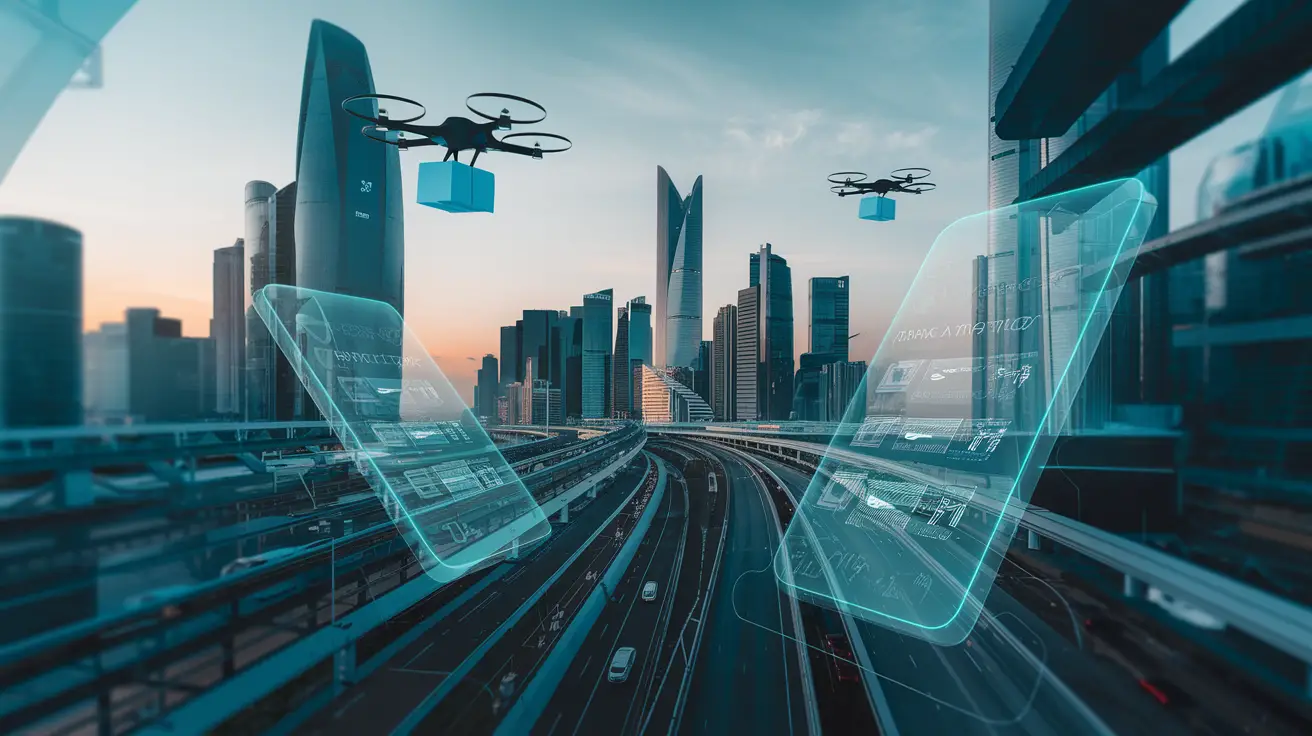drone mobile phone
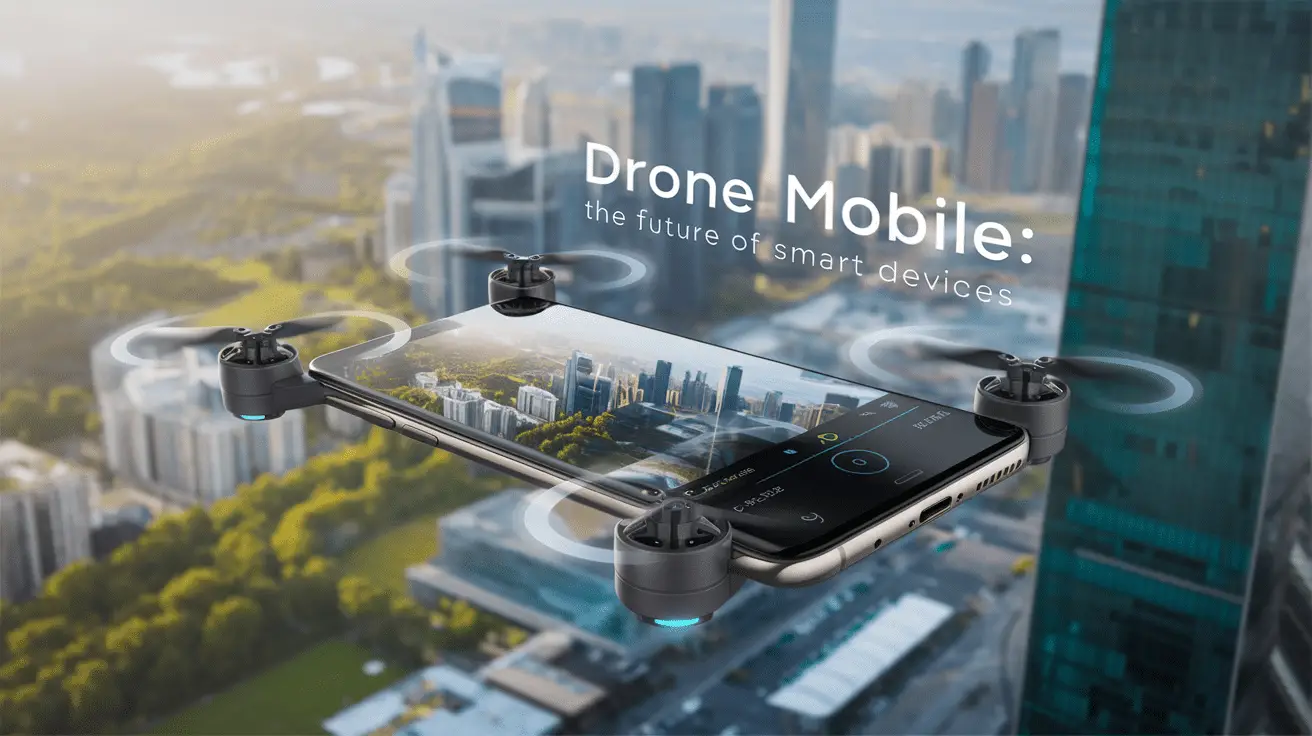
Imagine a world where your smartphone isn’t just a device in your pocket, but a flying companion that follows you everywhere. 🚁📱 Welcome to the era of drone mobile phones – a revolutionary fusion of aerial technology and telecommunications that’s set to redefine our interaction with personal devices.
Have you ever wished your phone could capture that perfect aerial shot without the need for a separate drone? Or perhaps you’ve dreamed of a device that could hover nearby, always ready to assist you hands-free? Drone mobile phones are turning these sci-fi fantasies into reality, offering a glimpse into a future where our smartphones are no longer bound by gravity. From enhanced photography capabilities to innovative emergency response features, these flying phones are poised to transform how we communicate, work, and play.
As we embark on this exciting journey, we’ll explore the groundbreaking technology behind drone mobile phones, delve into their diverse applications, and examine both the benefits and challenges of this emerging innovation. So, fasten your seatbelts as we take off into the world of drone mobile phones, uncovering how they’re set to revolutionize our digital lives from the skies above. 🛫
Understanding Drone Mobile Phones
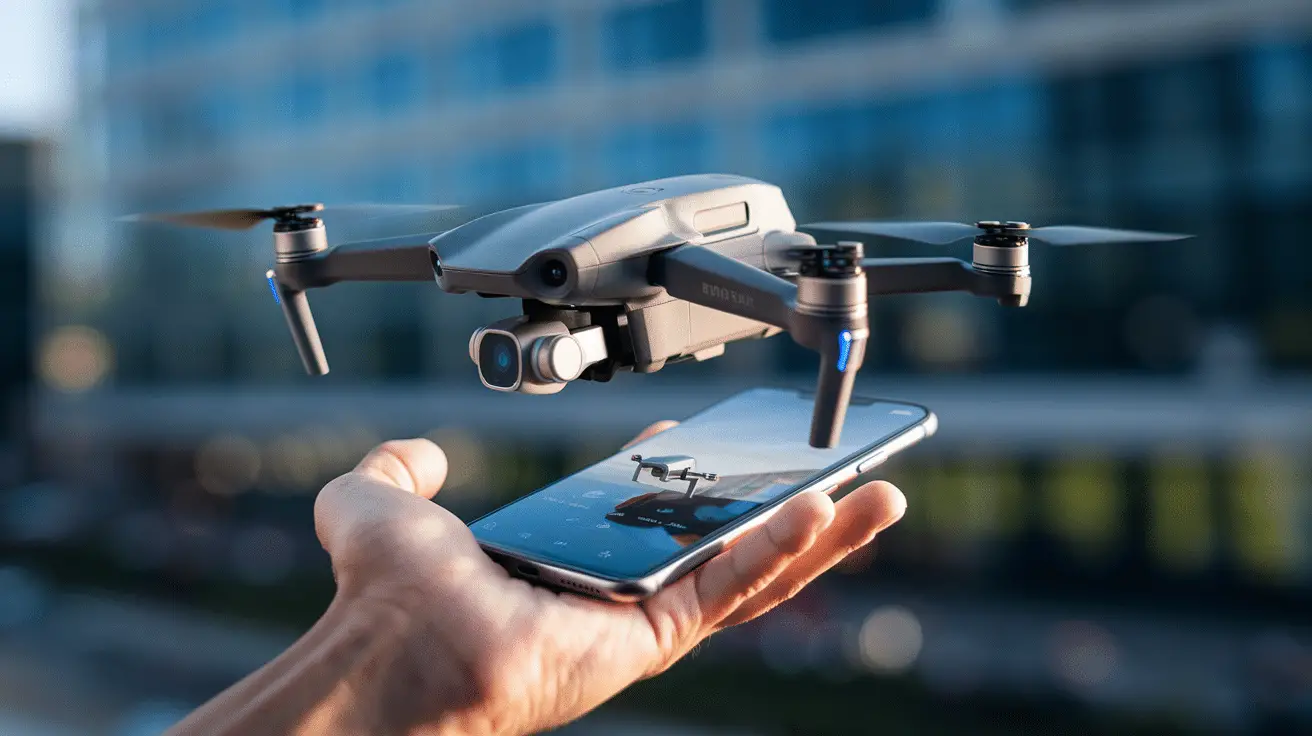
A. Definition and concept
A drone mobile phone is a cutting-edge device that combines the functionality of a smartphone with the mobility and aerial capabilities of a drone. This innovative technology integrates a fully operational mobile phone into a compact, flyable drone chassis, allowing users to control the device remotely and capture aerial footage while maintaining communication capabilities.
B. Key features and capabilities
Drone mobile phones offer a unique set of features that set them apart from traditional smartphones:
- Aerial mobility
- Remote control functionality
- High-resolution camera for aerial photography and videography
- Extended battery life for prolonged flight time
- GPS navigation and obstacle avoidance systems
- Compact and foldable design for portability
| Feature | Description |
|---|---|
| Flight Control | Advanced algorithms for stable hovering and maneuvering |
| Camera Quality | 4K video recording and 12MP+ still images |
| Connectivity | 5G and Wi-Fi 6 for seamless communication |
| Battery Life | Up to 30 minutes of flight time |
| Portability | Foldable design for easy storage and transport |
C. Differences from traditional smartphones
Drone mobile phones differ significantly from traditional smartphones in several ways:
- Aerial capabilities: Unlike standard phones, drone mobile phones can fly and capture aerial footage.
- Form factor: These devices feature a unique design that incorporates propellers and a flight system.
- Control mechanisms: Users can operate drone mobile phones remotely using specialized apps or controllers.
- Battery capacity: Drone mobile phones require larger batteries to support flight operations.
- Camera placement: The camera is typically mounted on a gimbal for stabilized aerial shots.
Now that we have a clear understanding of drone mobile phones, let’s explore their various applications and use cases in different industries and scenarios.
Applications and Use Cases
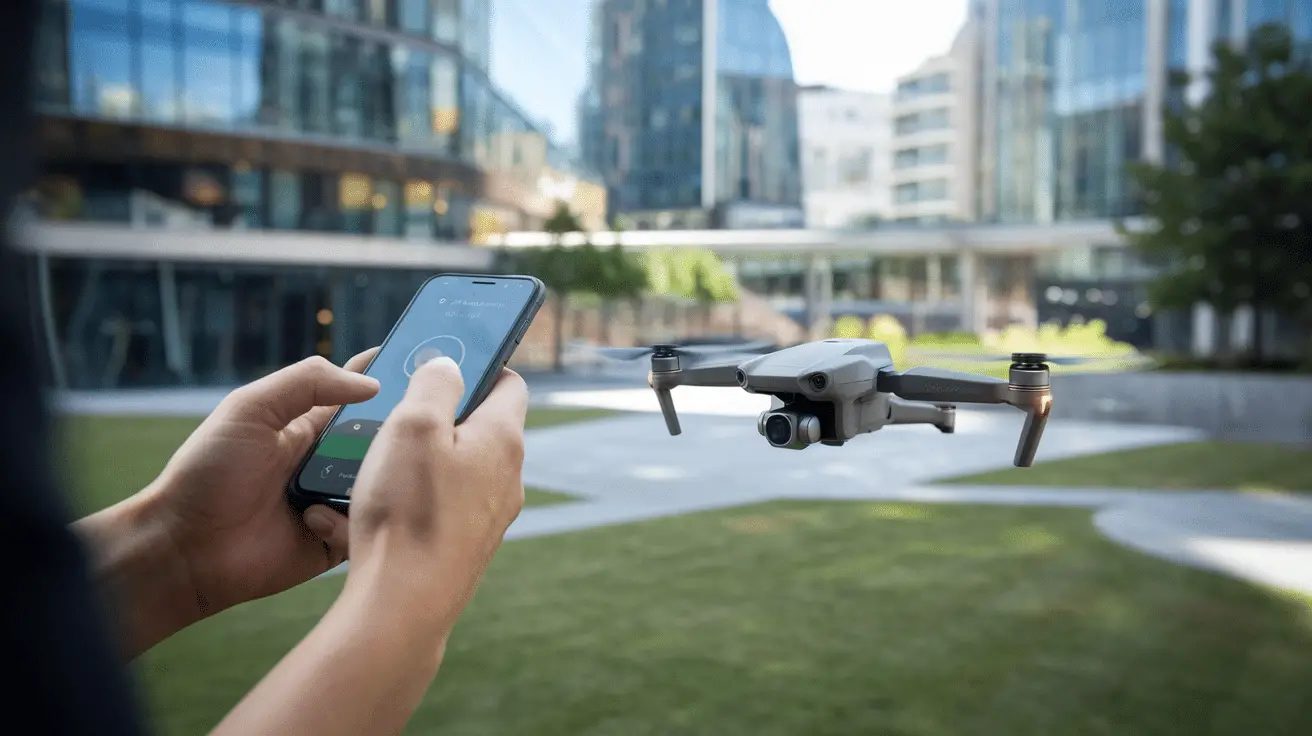
Aerial photography and videography
Drone mobile phones have revolutionized the field of aerial imagery. With their compact size and powerful cameras, these devices offer unparalleled flexibility for capturing stunning photographs and videos from unique perspectives.
- Advantages of drone mobile phones for aerial photography:
- Portability
- Easy to operate
- Real-time streaming capabilities
- Integrated editing tools
Search and rescue operations
In emergency situations, drone mobile phones prove invaluable for search and rescue teams. Their ability to quickly deploy and cover large areas makes them essential tools for locating missing persons or assessing dangerous situations.
| Feature | Benefit in Search and Rescue |
|---|---|
| Thermal imaging | Detect heat signatures |
| Night vision | Operate in low-light conditions |
| GPS tracking | Precise location mapping |
| Two-way communication | Coordinate rescue efforts |
Package delivery
The e-commerce industry is exploring drone mobile phones for last-mile delivery solutions. These devices can navigate urban environments, avoiding traffic congestion and reducing delivery times.
Environmental monitoring
Drone mobile phones play a crucial role in environmental conservation efforts. They enable researchers to:
- Track wildlife populations
- Monitor deforestation
- Assess air and water quality
- Study climate change effects
With their versatility and advanced capabilities, drone mobile phones are transforming various industries and opening up new possibilities for innovation and efficiency.
Technology Behind Drone Mobile Phones
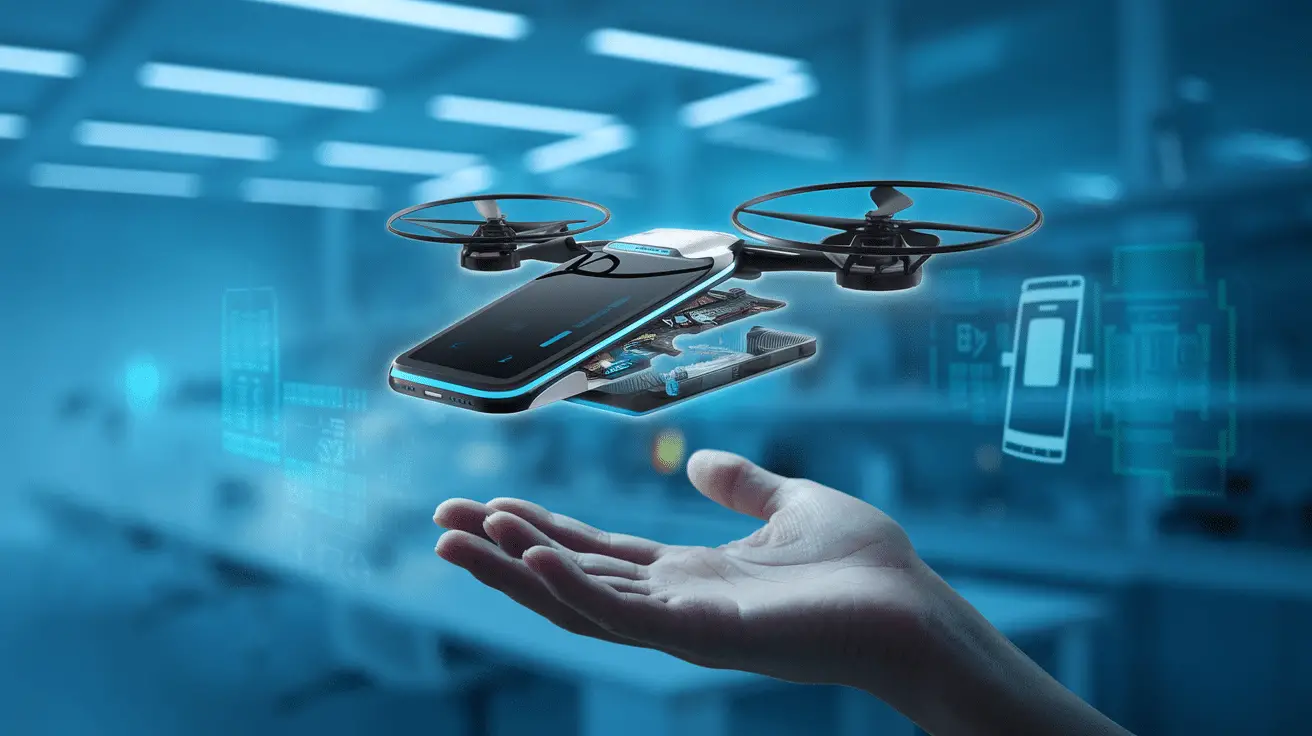
Flight control systems
Drone mobile phones rely on sophisticated flight control systems to ensure stable and precise maneuverability. These systems typically include:
- Accelerometers
- Gyroscopes
- Barometers
- Magnetometers
Together, these components work in harmony to maintain the device’s stability and orientation in flight. The flight control system processes data from these sensors in real-time, making continuous adjustments to keep the drone mobile phone steady and responsive to user inputs.
| Component | Function |
|---|---|
| Accelerometer | Measures linear acceleration |
| Gyroscope | Detects angular velocity |
| Barometer | Determines altitude |
| Magnetometer | Provides directional information |
GPS and navigation
GPS technology is crucial for drone mobile phones, enabling precise positioning and navigation capabilities. Advanced navigation systems often incorporate:
- Multi-constellation GNSS support (GPS, GLONASS, Galileo)
- Real-time kinematic (RTK) positioning for centimeter-level accuracy
- Obstacle avoidance sensors
- Visual inertial odometry for indoor navigation
These features allow drone mobile phones to maintain their position, follow pre-programmed flight paths, and safely navigate complex environments.
Camera and imaging technology
Drone mobile phones integrate high-quality cameras and imaging systems to capture aerial footage and photos. Key aspects of this technology include:
Benefits of Drone Mobile Phones
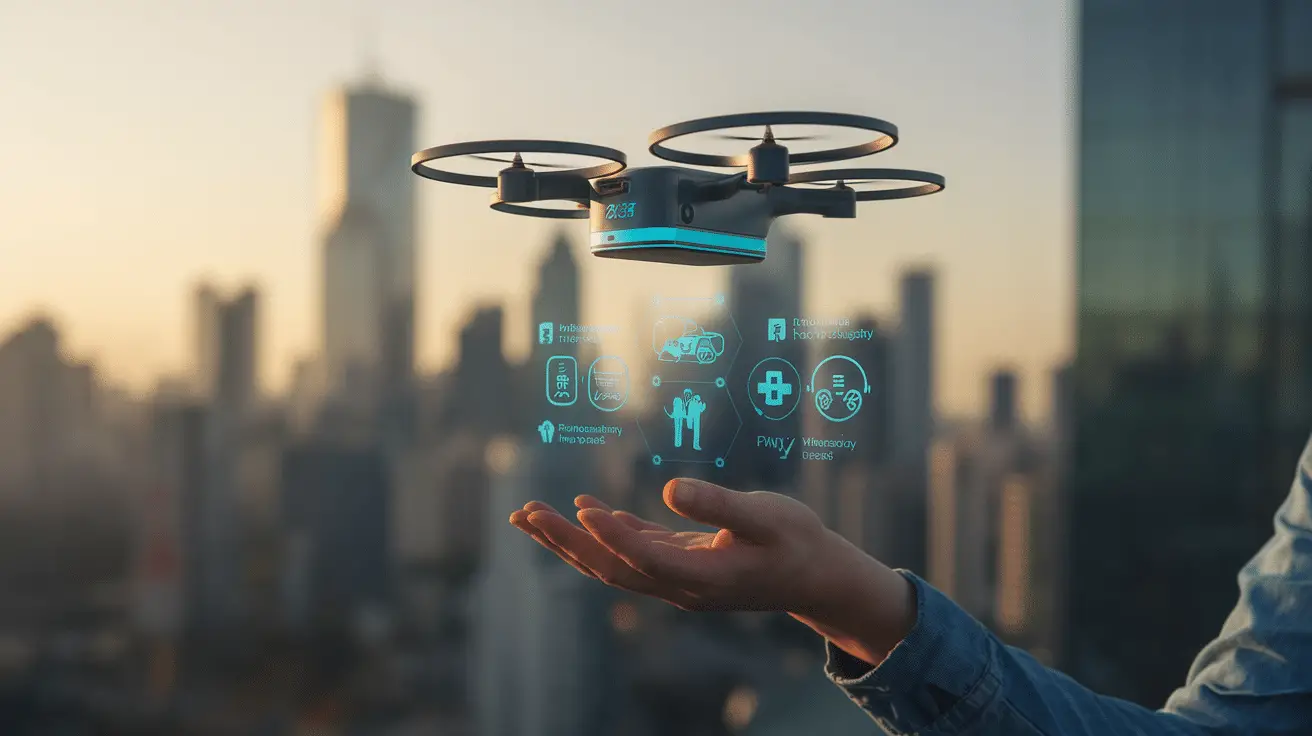
Enhanced mobility and accessibility
Drone mobile phones offer unparalleled mobility and accessibility, revolutionizing various industries. These versatile devices combine the functionality of smartphones with the aerial capabilities of drones, providing users with unique advantages:
- Compact and portable design
- Easy to deploy in diverse environments
- Quick setup and launch times
- Remote control through smartphone apps
| Feature | Traditional Drone | Drone Mobile Phone |
|---|---|---|
| Size | Bulky | Compact |
| Setup time | Several minutes | Seconds |
| Control method | Separate controller | Smartphone app |
| Portability | Limited | Highly portable |
Improved data collection and analysis
The integration of mobile technology with drones enhances data collection and analysis capabilities:
- Real-time data transmission to connected devices
- On-board processing for immediate insights
- Cloud connectivity for data storage and sharing
- Advanced sensors for diverse data types
Cost-effective alternative to traditional drones
Drone mobile phones offer a budget-friendly solution compared to conventional drones:
- Lower initial investment
- Reduced maintenance costs
- Multipurpose functionality (phone and drone)
- Simplified training and operation
Increased safety in hazardous environments
These innovative devices contribute to improved safety in dangerous situations:
- Remote inspection of hazardous areas
- Search and rescue operations in difficult terrain
- Monitoring of disaster-stricken regions
- Surveillance of high-risk industrial sites
With these benefits, drone mobile phones are poised to transform various sectors, from emergency services to agriculture. As we explore the challenges and limitations of this technology, it’s important to consider how these advantages can be further enhanced and expanded.
Challenges and Limitations
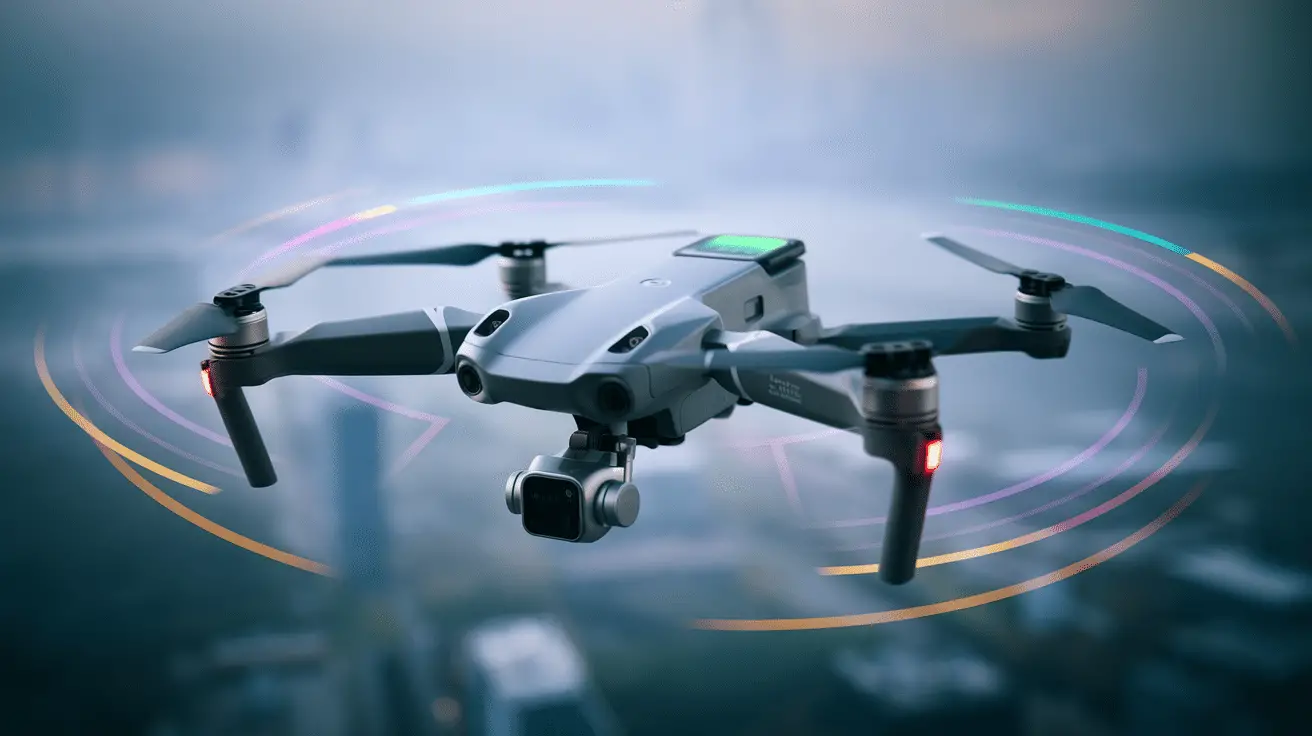
Regulatory hurdles
Drone mobile phones face significant regulatory challenges:
- Airspace restrictions: Many countries have strict rules about where drones can fly, limiting their use in urban areas.
- Licensing requirements: Operators may need specific licenses or certifications to use drone mobile phones legally.
- Safety regulations: Stringent safety measures are often required, impacting design and functionality.
| Regulatory Aspect | Challenge |
|---|---|
| Airspace | Limited urban use |
| Licensing | Operator certification |
| Safety | Design constraints |
Privacy concerns
The unique capabilities of drone mobile phones raise important privacy issues:
- Potential for unauthorized surveillance
- Risk of data interception during aerial communication
- Concerns about facial recognition and personal data collection
Weather and environmental constraints
Drone mobile phones are particularly vulnerable to environmental factors:
- Wind: Strong gusts can affect stability and flight paths
- Rain: Moisture can damage sensitive electronics
- Temperature extremes: Both hot and cold weather can impact battery life and overall performance
- Electromagnetic interference: Urban environments may disrupt signals
Limited flight time and range
Despite technological advancements, drone mobile phones still face significant operational limitations:
- Battery life typically restricts flight times to 20-30 minutes
- Range is often limited to a few kilometers from the operator
- Payload capacity constraints affect the inclusion of advanced features
These challenges highlight the need for continued innovation in drone mobile phone technology. As we move forward, addressing these limitations will be crucial for wider adoption and more versatile applications of this emerging technology.
Future Developments and Trends
Advancements in AI and machine learning
As drone mobile phones continue to evolve, AI and machine learning are set to play a crucial role in enhancing their capabilities. These technologies will enable:
- Improved object recognition and collision avoidance
- Adaptive flight patterns based on environmental conditions
- Smart battery management for extended flight times
- Personalized user experiences and predictive maintenance
| AI Feature | Benefit |
|---|---|
| Object Recognition | Enhanced safety and navigation |
| Adaptive Flight | Optimized performance in various conditions |
| Smart Battery | Longer operational times |
| Predictive Maintenance | Reduced downtime and improved reliability |
Integration with 5G networks
The integration of drone mobile phones with 5G networks will revolutionize their functionality and performance:
- Ultra-low latency for real-time control and video streaming
- Increased data transfer speeds for high-quality multimedia capture
- Enhanced connectivity for longer-range operations
- Improved network reliability for critical applications
Miniaturization and improved aerodynamics
Future drone mobile phones will benefit from advancements in miniaturization and aerodynamics:
- Smaller, lighter designs for improved portability
- More efficient propulsion systems for extended flight times
- Reduced noise levels for stealthier operation
- Increased stability in challenging weather conditions
Enhanced autonomous capabilities
Autonomy will be a key focus in the development of future drone mobile phones:
- Advanced path planning and navigation without human intervention
- Intelligent decision-making for complex tasks and scenarios
- Swarm capabilities for coordinated multi-drone operations
- Self-learning algorithms for continuous performance improvement
As these technologies mature, drone mobile phones will become increasingly versatile and indispensable tools in various industries and personal applications. The convergence of AI, 5G, miniaturization, and autonomy will unlock new possibilities, pushing the boundaries of what these devices can achieve.
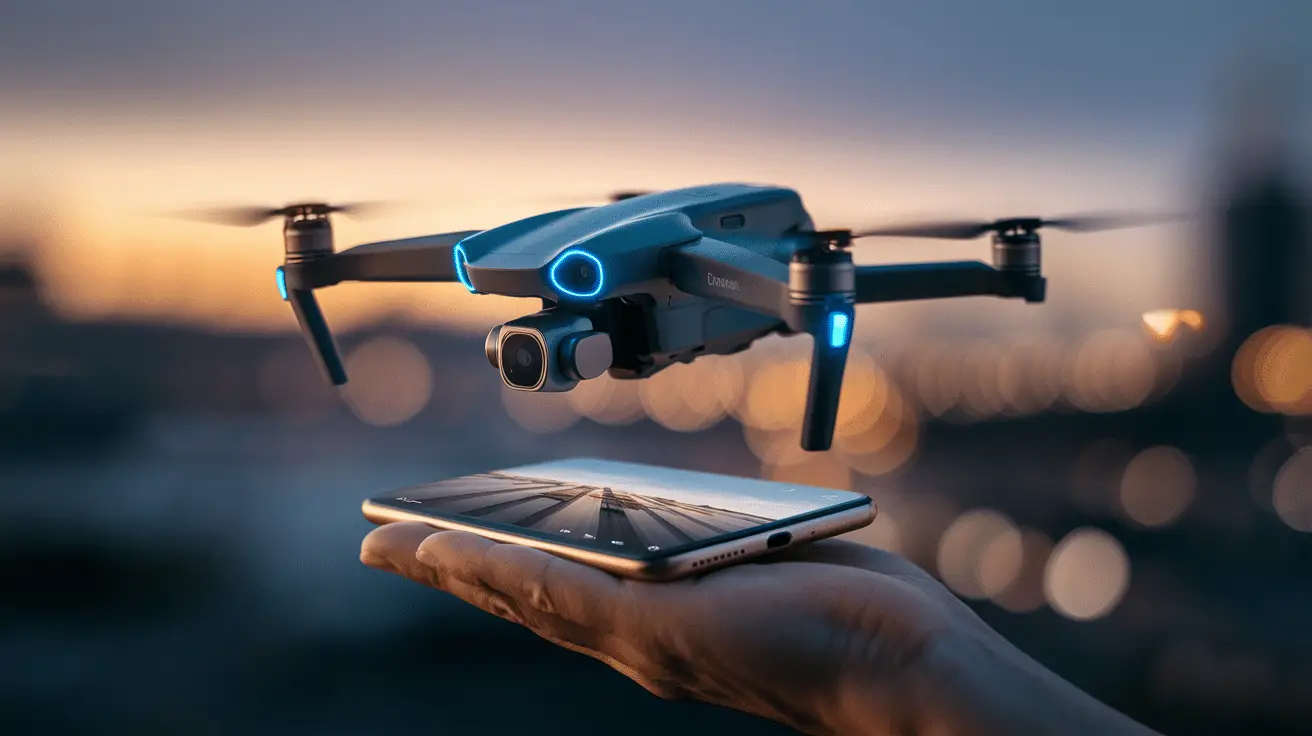
Drone mobile phones represent a groundbreaking fusion of smartphone and drone technologies, offering unprecedented capabilities and applications. From aerial photography and surveillance to emergency response and environmental monitoring, these devices are poised to revolutionize various industries and personal use cases. The integration of advanced sensors, AI-driven algorithms, and robust communication systems enables these flying smartphones to deliver unique perspectives and data-gathering capabilities.
While drone mobile phones offer numerous benefits, including enhanced mobility, versatility, and access to hard-to-reach areas, they also face challenges such as regulatory hurdles, privacy concerns, and technical limitations. As the technology continues to evolve, we can expect to see more innovative features, improved battery life, and enhanced autonomous capabilities. The future of drone mobile phones is bright, and their potential to transform our interactions with technology and the world around us is truly exciting.

